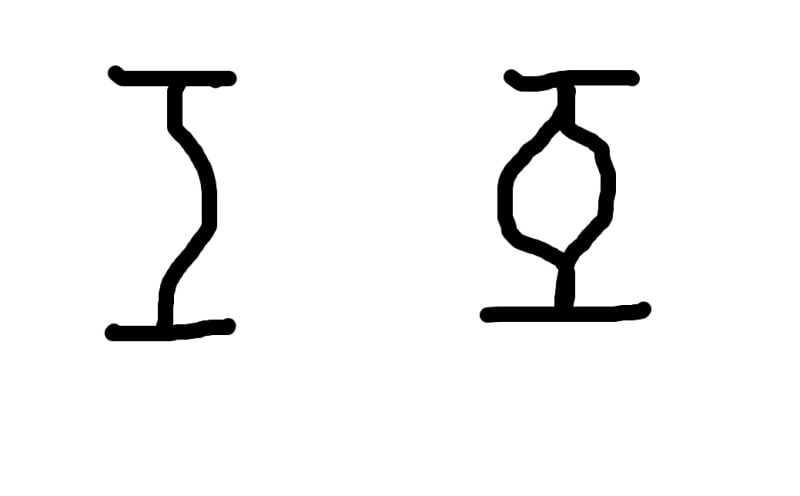Hello,
we are into pre engineered building structures, and my question is our built up beam thickness is 8mm for web and 10 for flange, but the problem is we are running out of 8 mm plate and we have 4mm plates in stock. So how can i use that 4mm plates together (plug/slot) or lap joint to maintain the thickness of the web??
Pls suggest how can i weld two 4mm thick plate together and use the same for web.
we are into pre engineered building structures, and my question is our built up beam thickness is 8mm for web and 10 for flange, but the problem is we are running out of 8 mm plate and we have 4mm plates in stock. So how can i use that 4mm plates together (plug/slot) or lap joint to maintain the thickness of the web??
Pls suggest how can i weld two 4mm thick plate together and use the same for web.

